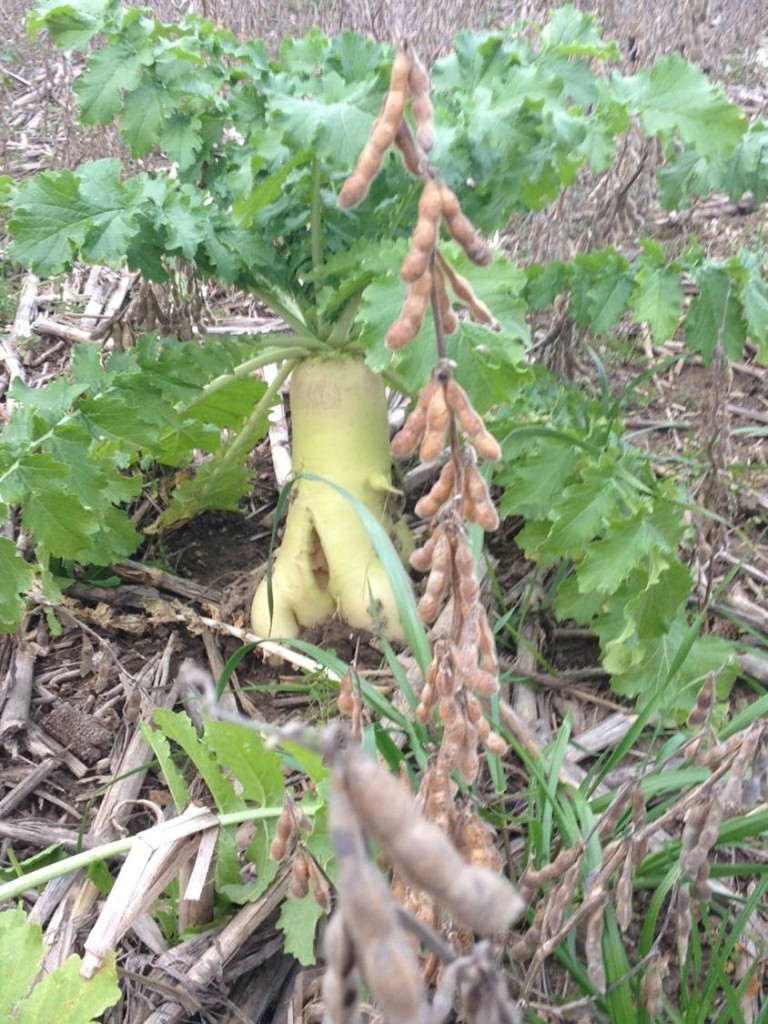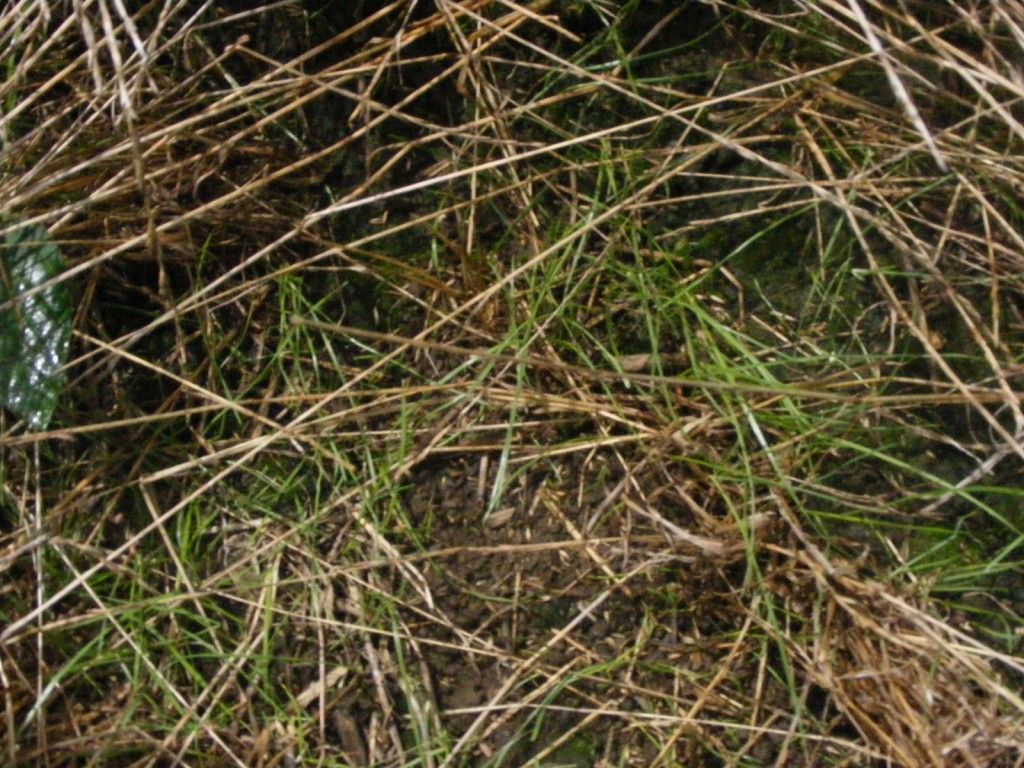As Oregon and other west coast farmers try to keep up with the demand of getting seed back to the Midwest from their newly harvested crops, we are beginning to see some potential issues with just-harvested seed.
In the past, supply was usually greater than demand at harvest time. However, seed companies and farmers now have been clamoring for the seed…it seems from right out of the combine in Oregon! In some ways this is very exciting, but in other ways it’s challenging.
One of the the bigger challenges outside of logistics is seed dormancy. In the following few paragraphs we will look at two species that seem to have risen to the top of the heap when looking at seed dormancy issues.
Seed Dormancy Issues
Radishes
Here are just the few events I’ve personally witnessed with radishes:
- In the fall of 2010 I saw pictures of big radishes in dry beans in the thumb of Michigan.
- In May of 2011 I saw pictures of radishes 15″ tall (as tall as the corn).
- In the spring of 2012 I saw radishes coming in the corn at our family farm.
- In the fall of 2012 I saw radishes and annual ryegrass coming up from seed that was planted in September 2011.
How do these events happen? I know that for sure the weed control on our home farm was “excellent” all season long and that there was a “follow-up” herbicide application to make sure that there was outstanding weed control. However, there they were! We had BIG radishes in the soybeans at harvest time.
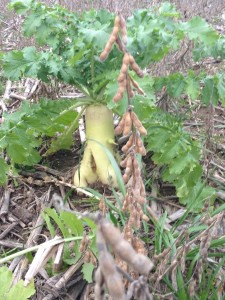
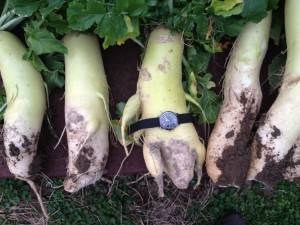
How could these radishes be in the soybeans?
Radishes have a small percentage of “hard” or “dormant” seed. Usually 4-5% of what is sown will not germinate right away, but will instead come up at a later time, from 1 season to 50 seasons later. While this will rarely ever cause problems, we need to be aware of it. The 2012 drought, combined with the heat and later rains, proved to be a great environment for radishes to start growing in August. By harvest time in October we had very big radishes.
Be sure to talk to your seed supplier about when your radish seed was harvested. You will possibly have less issues with radishes that were harvested the previous summer instead of the previous few weeks.
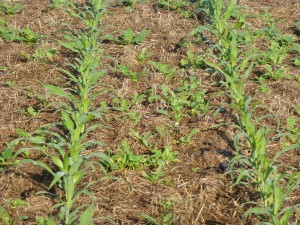
Annual Ryegrass
Annual ryegrass gets a lot of hype and also a lot of guff. I’m not sure which one bothers me the most.
Annual ryegrass has many outstanding qualities as well as some challenges. Dormant seed is one of those challenges. Annual ryegrass needs to “cure” for a time – or to dry fairly thoroughly for its germination to be consistent – the 90-95% that we expect and appreciate.
However, when we go from “combine to airplane or drill” in a very quick time period we are “rushing” the seed so fast that some of it lays dormant for a time. How long? Maybe a few months or maybe a year. On our home farm we had an outstanding kill on our annual ryegrass (and everything else). Yes, it took two applications to accomplish that but we were very well pleased with the kill on our cover crops. And we were thrilled with the results!
However, when we were looking at our corn plots in August I gave the “uh-oh” to Hans Kok, Dan Towery, and my brother Don Robison. As in “uh-oh, we have annual ryegrass coming up.” In this case it was not a big deal because it didn’t bother the corn harvest and we’re planting soybeans in the spring. But, what if we were going to wheat? We would have sprayed and killed the young seedlings if we noticed them becoming a problem.

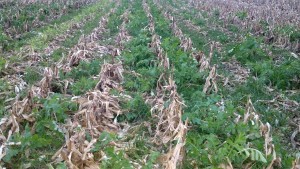
There is no doubt that cover crops are a valuable tool. But with the demand for cover crop seed, I think we will have issues that some of us never dreamed of – in addition to the benefits that are beyond our imagination.
To achieve the best possible benefit and profitability we need to manage well. The cover crops that came back into our corn should be of great benefit to next year’s soybean crop – even though we didn’t plant them in the fall of 2012, but rather in the fall of 2011, a year earlier!
So should we NOT use annual ryegrass or radishes?
Of course we should use them. They are outstanding species for cover cropping.
Should we buy seed a year in advance?
That is probably not feasible for most farmers and you surely need a rodent proof storage area! And good luck finding enough “extra” seed.
Manage Well
Since we’re learning that cover crops increase profitability on the farm, our focus needs to be on proper management. Very simply, use a long-lasting residual herbicide, scout and spray as needed, and be aware that some cover crops species have dormancy issues. If you are going to follow with wheat, be sure to apply herbicides that kill annual ryegrass in the fall so the annual ryegrass does not live and cause issues in the wheat the following summer.
It all comes down to managing your cover crop well. Most farmers have few if any problems, but stay alert. You must be on guard to achieve the greatest benefit from your cover crops.
